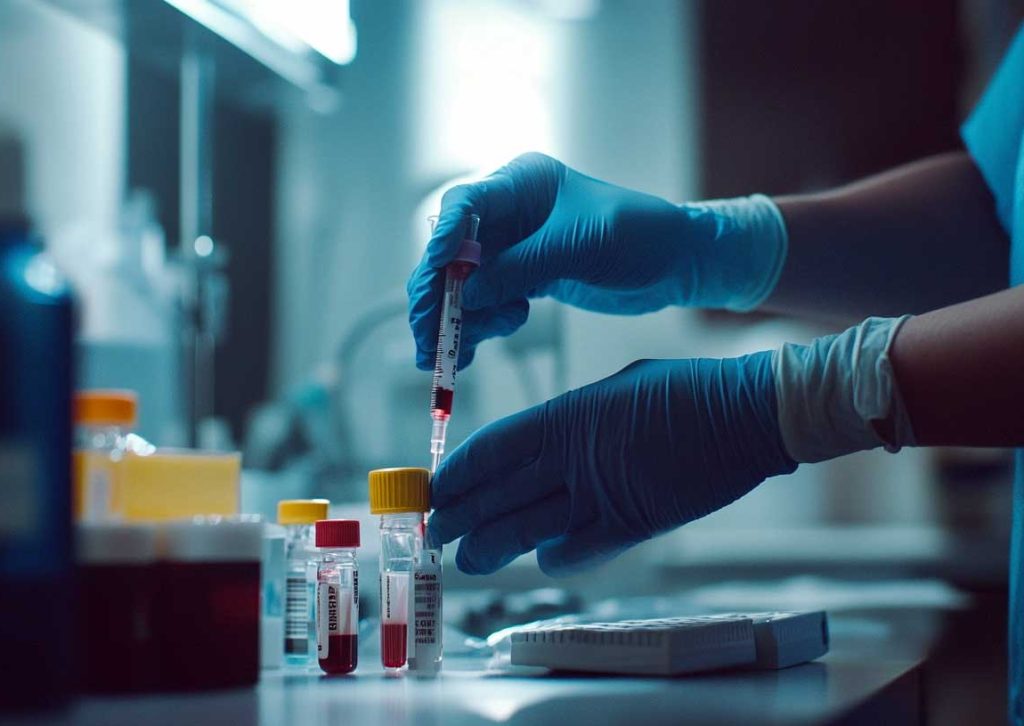Waldenstrom’s macroglobulinaemia is caused when a certain type of white blood cell – called B-cells – develops incorrectly. Even though these abnormal cells aren’t of use to the body, they keep on multiplying until they crowd out the other useful blood cells. This build-up of abnormal B-cells creates some of the common symptoms of WM felt by people with WM, such as fatigue, increased infections and unexplained bruising.


Waldenstrom’s macroglobulinaemia is a type of lymphoma – a type of blood cancer. Therefore, to understand Waldenstrom’s macroglobulinaemia, it’s good to have a basic knowledge of blood.
Blood carries red cells, white cells and platelets, which all have distinct jobs. Red blood cells carry oxygen around your body, white blood cells fight infections, and platelets help the blood clot, causing scabs when you cut yourself.
Lymphoma is a type of cancer that develops in a type of white blood cell called lymphocytes.
B-cells are a type of white blood cell. They develop into plasma cells which produce antibodies to fight infection. In people with waldenstrom’s macroglobulinaemia, B-cells develop incorrectly, causing the common symptoms of the disease.
There are different types of white blood cells. B-cells are one type. B-cells develop in your bone marrow and turn into plasma cells. These plasma cells then produce antibodies, which help fight infection.
In people with WM, B-cells develop incorrectly. These abnormal B-cells, called ‘lymphoplasmacytic cells’ or LPL cells, can’t do their job properly in fighting infection.
The abnormal cells build up over time and may crowd out the healthy red blood cells, white blood cells and platelets. You may start to feel symptoms – like tiredness, bruising easily or getting recurrent infections – because your body now doesn’t have the resources of healthy cells to carry enough oxygen around your body (red blood cells), fight infections (white blood cells) and heal from bumps and cuts (platelets).
LPL cells may gather in the lymph nodes – also known as glands – and you might experience swollen tissue or lumps in these areas (like the neck, under the arms, or groin), but this isn’t common in people with WM.
A type of antibody produced by B-cells. IgM is the largest of the five types of antibody, and it helps the body to fight infections. You may also hear it referred to as Monoclonal immunoglobulin M IgM paraprotein M protein In people with Waldenstrom’s macroglobulinaemia, the body produces abnormal quantities of IgM, leading to hyperviscosity and symptoms such as dizziness, headaches, confusion and shortness of breath. The antibodies that B-cells produce to fight infection are made up of proteins. The largest type of protein is called IgM. In people with Waldenstrom’s macroglobulinaemia, the abnormal B-cells – the LPL cells – produce large amounts of abnormal IgM. You may get symptoms – like headaches, dizziness or shortness of breath – due to the high levels of IgM making your blood thicker (known as hyperviscosity). People with non-IgM lymphoplasmacytic lymphoma (LPL), as opposed to WM, don’t have abnormal levels of IgM. Read more about lymphoplasmacytic lymphoma here.